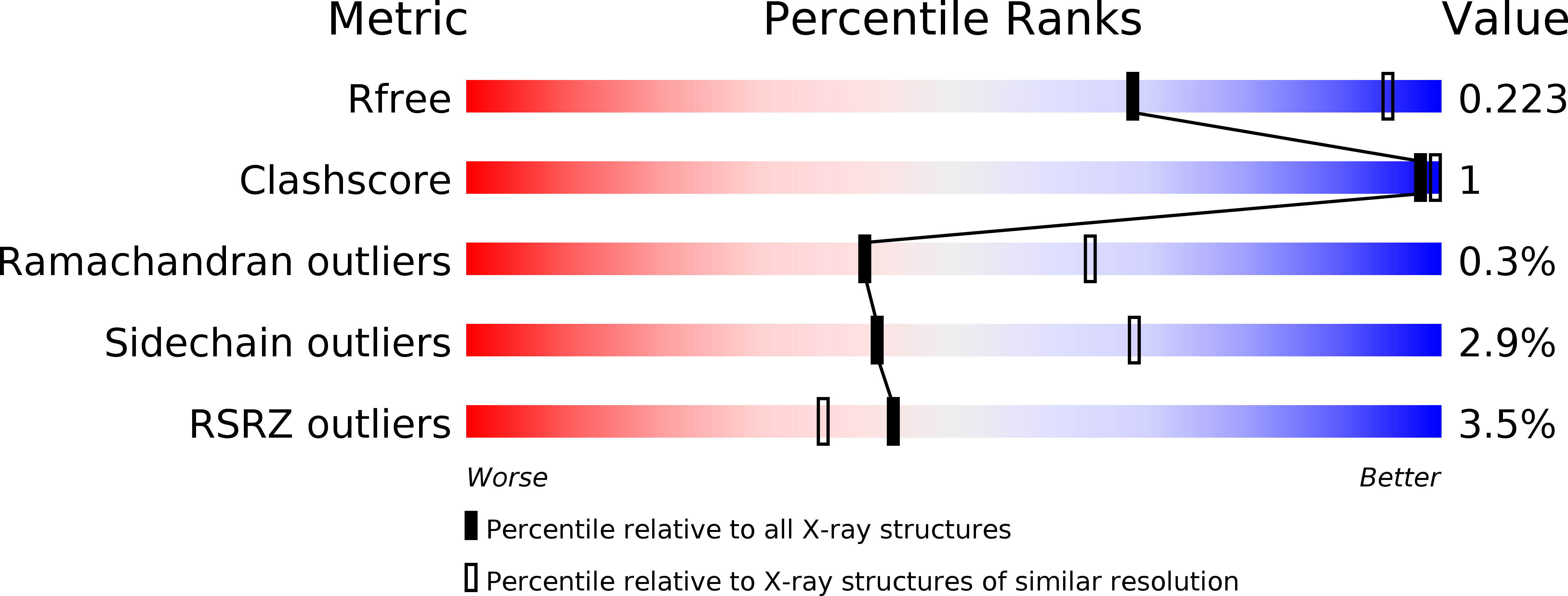
Deposition Date
2016-04-06
Release Date
2016-05-04
Last Version Date
2024-05-08
Method Details:
Experimental Method:
Resolution:
2.60 Å
R-Value Free:
0.21
R-Value Work:
0.20
R-Value Observed:
0.20
Space Group:
I 2 2 2


